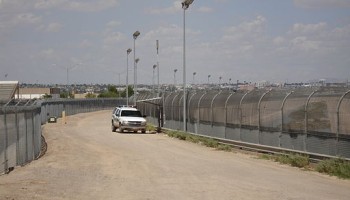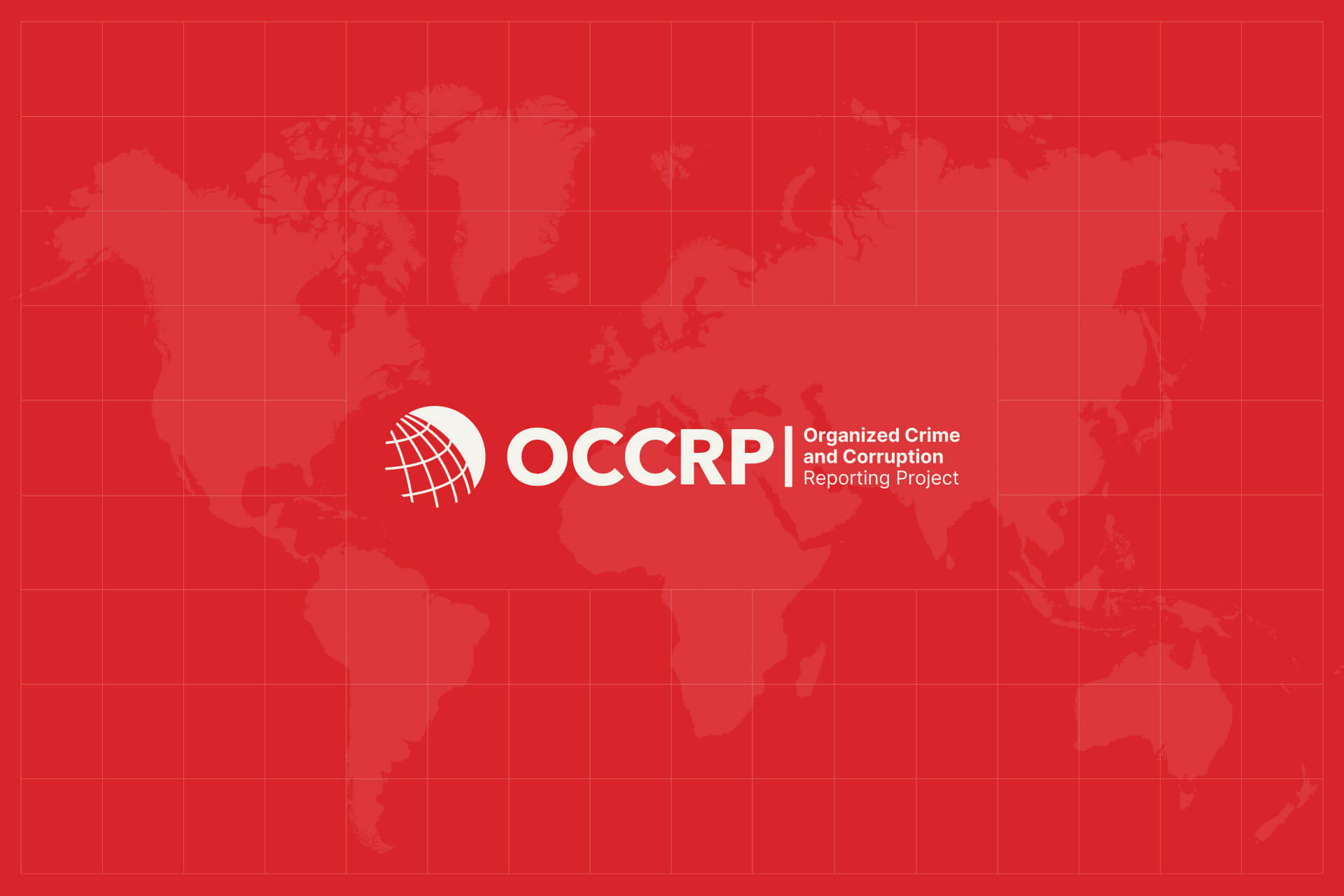The study released on May 1st analyses the extent to which alternative tactics are used by criminal organizations.
The United States Government Accountability Office’s study cites Department of Homeland Security (DHS) data showing that there were 67 discovered cross-border tunnels, 534 ultralight aircraft incursions, and 309 drug smuggling incidents involving fishing and recreational vessels along U.S. mainland borders from 2011 through 2016.
The number of known smuggling events involving these methods generally declined over this period, but they remain threats, the study says.
President Trump promised in his pre-election campaign to build a wall along the Mexican border to prevent people and drugs from entering the U.S. He also said he would make Mexico pay for the wall but Mexico refused.
Reuters said in February that their reporters had seen a U.S. Department of Homeland Security internal report that says the “wall” would be a series of fences and walls and that it would cost as much as US$21.6 billion.
Meanwhile, drug and people smugglers welcomed the idea of a wall, telling the New York Times that the higher the wall, the higher their profit.
“This is never going to stop, neither the narco trafficking nor the illegals,” a drug trafficker told the paper. “There will be more tunnels. More holes. If it doesn’t go over, it will go under.”
The fees criminal networks charge to transport people and drugs will just increase, smugglers claim.
While these techniques remain uncommon in comparison to the bulk that is smuggled through official points, reports suggest that criminal organizations are quite inventive when it comes to adapting and moving drugs across the border anyway.
However, the U.S. Drug Enforcement Administration notes that most drugs enter the U.S. concealed in passenger vehicles or hidden among legitimate goods on freight vehicles.
The report suggests better ways to tackle cross-border trafficking including improved detection technology, inter-agency coordination, and better techniques for gathering and analyzing information and intelligence.






